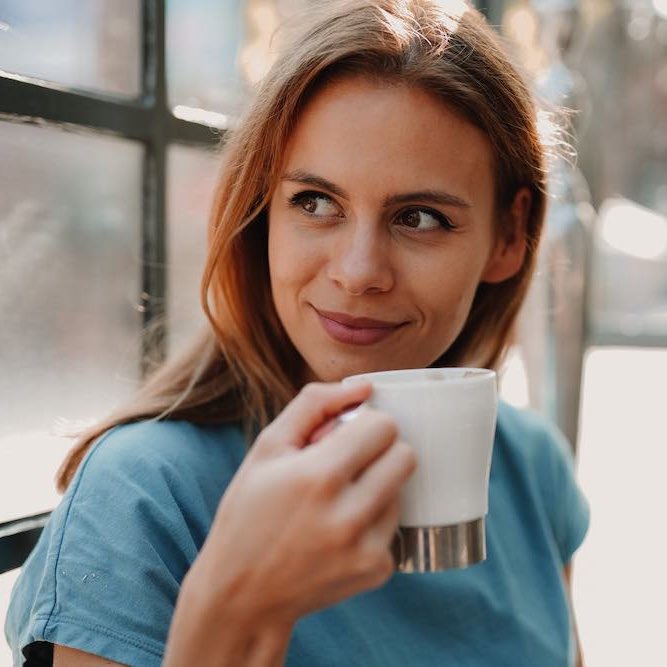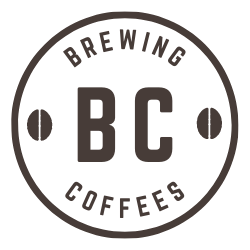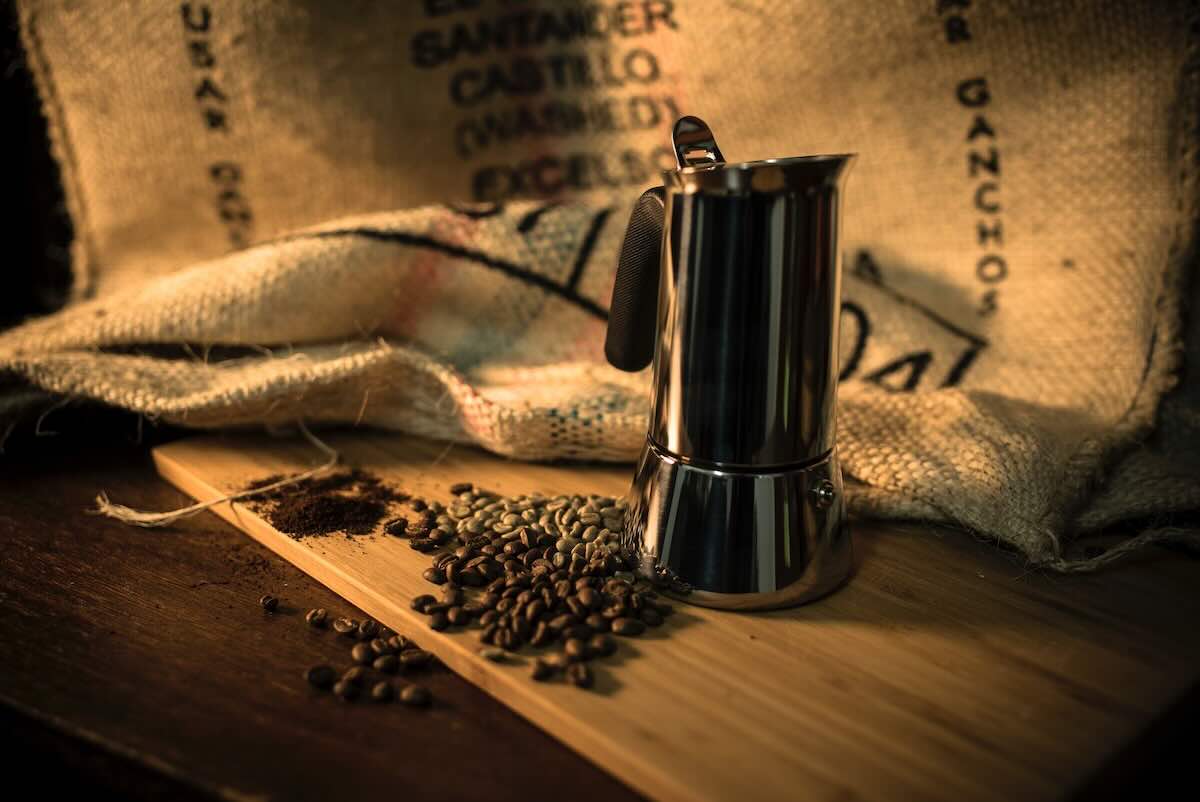At times, shopping for coffee beans can be a confusing experience. You may see light, medium, and dark roasted beans. On top of those, there are also espresso beans. Are espresso beans similar to coffee beans?
Regular coffee beans and espresso beans are the same. However, you can consider espresso beans as a subtype of coffee beans. This is because espresso beans are regular coffee beans roasted especially to make espresso. Espresso beans are roasted darker and longer for a bolder flavor.
In this post, we try to answer whether coffee and espresso are the same. We also look into some common questions about the two.
What Are Espresso Beans?
If you are the scientific type, we know coffee beans, coffee beans, or Coffea. We also know these beans are harvested from the seeds of the coffee cherry. The seeds are then washed, dried, and roasted before being sold as coffee.
But what about espresso beans?
Espresso beans are not a different sort of bean than your regular coffee beans. In fact, they are the same thing. Espresso beans generally refer to not a different kind of bean but a different roasting style.
In most cases, espresso drinkers seek a bold, strong, and punchy type of coffee. This may not be achievable by regular coffee roasts. Dark roasts may be able to do a decent job, but espresso drinkers may want more.
As a result, some roasters go the extra distance and roast their coffee even darker. This is usually achieved by roasting under a higher temperature for a little longer. In fact, you can consider espresso beans as ‘Extra Dark Roasts.’
This way of roasting usually reduces the acidity of the coffee, making the coffee taste earthier and bitter. The body is also stronger, making the coffee able to ‘smash’ your palate harder when you sip it.
Regular Coffee Beans vs Espresso Beans
| Aspect | Regular Coffee Beans | Espresso Beans |
|---|---|---|
| Purpose | To brew many types of coffee. | To brew espresso only. |
| Roasting | Can range from green to dark, with some oilier than others. | Usually roasted to be very dark and oily. |
| Flavor | Can range from mild to intense | Usually bold, strong and full bodied. |
| Grind Size | Usually sold in beans, and multiple grind sizes | Usually sold in beans, and fine grinds for espresso machines |
| Crema Formation | Can range from little to rich crema | Focused on produce rich, thick crema |
On the surface, espresso and coffee beans are the same, but look deeper. They can be different in many ways.
We are not exactly comparing apples to apples here, as espresso beans are a subtype of coffee beans. However, espresso beans are called ones because they differ from regular beans in several ways:
Purpose
Regular coffee beans are prepared for much more purposes than espresso beans. Regular beans could be roasted to make regular drip coffee using all sorts of brewing styles. These could be French press, Mokapot, or Aeropress.
Espresso beans are prepared for a specific focus: to brew espresso shots alone. The way of brewing espresso can range from espresso machines to Minipresso.
Roasting
Regular coffee beans can be roasted in a wide range of duration and intensity. Depending on the intention of the roaster, the beans could be roasted light, medium, or dark. Light roasts preserve the natural flavors better, while darker roasts are more intense.
Espresso roasts, on the other hand, are roasted to be extra dark for that extra kick and punch of bold flavor. This means espresso beans are usually roasted longer and hotter to achieve this.
Flavor
Regular coffee beans could be roasted in a wide range of intensity. This means the coffee can also range widely in flavor too. Regular coffee beans can have a wide range of flavors, usually lighter ones such as fruity, acidic, and citrusy.
With Espresso beans, however, flavors are usually dark, strong, and bold. You usually do not get fruity or citrusy notes, as extra dark beans lose them. Instead, you get darker flavors such as cocoa, leather, tobacco, etc.
Grinds
Regular coffee beans are roasted for a wide range of brewing styles. As a result, you usually can get the coffee beans whole or in a wide range of grind sizes. It is also common to buy the coffee in beans and then ask your barista to grind it down to your desired size.
However, you tend to get espresso beans in single grind size, fine. Either that, or you get whole beans. This is because espresso beans are meant to be brewed using espresso makers.
Crema Formation
Regular coffee beans may not place as much focus on crema as espresso roasts. This is because, in espresso, crema is much more valued than other coffee brewing styles.
Can You Brew Regular Coffee With Espresso Beans?
You can brew regular coffee with espresso beans. This is because, after all, espresso beans are still coffee beans. Grind them down to the right size, and you’ll be able to brew yourself a cup of joe.
However, you may not be brewing the coffee as the roasters intended. In this case, espresso beans may produce very bold cups of coffee that some may not appreciate.
However, in many cases, espresso beans may produce great cups of espresso-based coffee, such as Latte or Cappuccino.
On another note, you can also use regular coffee beans to brew espresso. However, the espresso may be light and not deliver satisfying sips.
Common Questions About Regular And Espresso Beans
Espresso beans are a subtype of coffee beans. Espresso beans, however, refer to a specific style of roasting coffee beans, where coffee is roasted extra dark.
Espresso beans, or roasts, are different from regular coffee beans to ensure the beans can produce good espresso. Espresso beans usually produce a bold, deep flavor compared to other coffee roasts.
You can use regular coffee beans to make espresso. However, the espresso may be light and lack the flavor espresso lovers seek. There are practices for making light espresso, with Starbucks first popularizing the concept of Blonde Espresso in 2019.

Hi, I’m Megan! I love coffee – especially cappuccino – and spending time with my kids. When I’m not busy being a mom, I enjoy reading magazines (or just about anything that interests me) and swimming. In fact, I used to be a swimmer in college!


Leave a Reply